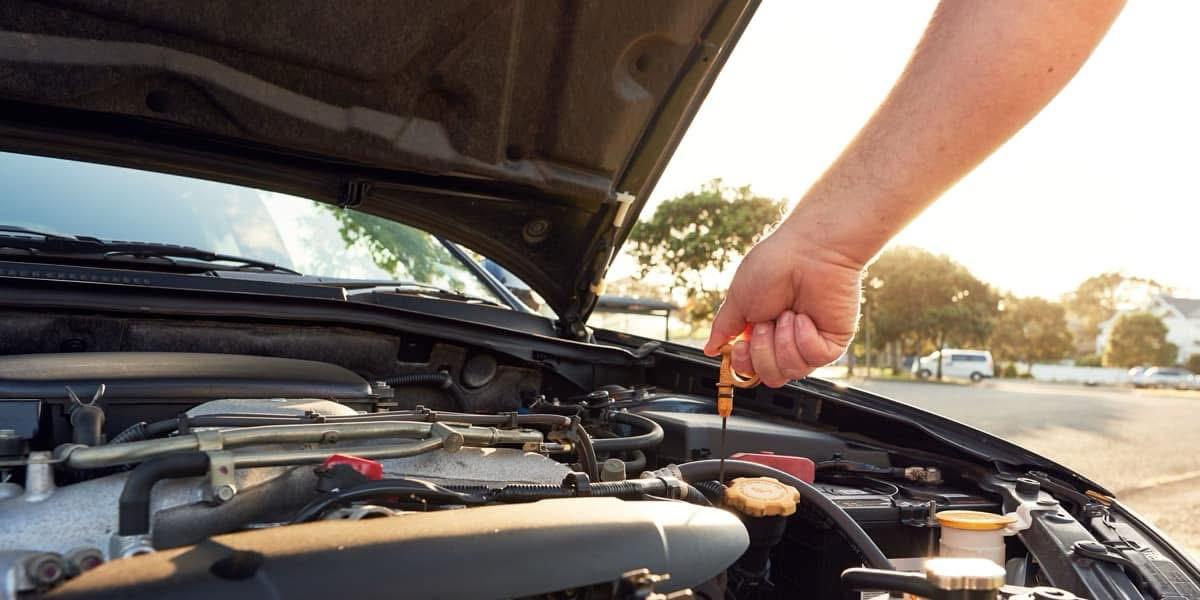Pre-Trip Car Inspection: The Ultimate Checklist Before a Long Road Trip
Before hitting the road for a long trip, a thorough car inspection is essential to ensure safety, reliability, and peace of mind. A well-maintained vehicle reduces the risk of breakdowns and accidents, making your journey smoother. Here’s a comprehensive checklist of the most important things to inspect before your adventure.
1. Check Fluid Levels
Low or dirty fluids can lead to engine damage or failure. Verify the following:
– Engine Oil – Check the dipstick; top off or change if needed.
– Coolant – Ensure the reservoir is filled to prevent overheating.
– Brake Fluid – Low levels may indicate worn brake pads or a leak.
– Transmission Fluid – Essential for smooth gear shifts (if applicable).
– Windshield Washer Fluid – Crucial for visibility in bad weather.
– Power Steering Fluid – Helps with smooth steering control.
2. Inspect Tires
Tires are your car’s only contact with the road, so they must be in top shape.
– Tire Pressure – Use a gauge to check PSI (refer to the door jamb or manual).
– Tread Depth – Use the penny test (insert upside down—if you see Lincoln’s head, replace tires).
– Spare Tire – Ensure it’s properly inflated and in good condition.
– Lug Nuts – Make sure they’re tight to prevent wheel wobbling.
3. Test the Brakes
Faulty brakes are a major safety hazard.
- Listen for squeaking or grinding – Indicates worn brake pads.
- Check Brake Pedal Feel – If it’s soft or spongy, there may be air in the lines.
- Look for Leaks – Brake fluid under the car is a red flag.
4. Examine the Battery
A dead battery can leave you stranded.
- Check Terminals – Clean corrosion with baking soda and water.
- Test Voltage – A healthy battery should read around 12.6V when off.
- Secure Connections – Loose cables can cause electrical issues.
5. Inspect Lights & Signals
Visibility is key for safe driving.
- Headlights (High & Low Beam)
- Brake Lights & Taillights
- Turn Signals
- Hazard Lights
- Interior Lights & Dashboard Indicators
6. Check Belts & Hoses
A snapped belt or burst hose can cause engine failure.
- Serpentine Belt – Look for cracks or fraying.
- Timing Belt – If near replacement interval (usually 60k-100k miles), consider changing it.
- Radiator & Heater Hoses – Check for leaks, bulges, or soft spots.
7. Test the Air Conditioning & Heating
Comfort matters on long trips.
- AC Cooling Efficiency – If weak, recharge or check for leaks.
- Heater Function – Ensures defrosting capability in cold weather.
8. Windshield Wipers & Visibility
- Wiper Blades – Replace if streaking or cracked.
- Windshield Cracks – Small chips can spread; repair them before the trip.
- Mirrors – Adjust for optimal rear and side visibility.
9. Emergency Kit & Tools
Always be prepared for unexpected situations.
- Jumper Cables
- Flashlight & Extra Batteries
- First Aid Kit
- Basic Tools (screwdriver, pliers, tire iron)
- Roadside Flares or Reflective Triangles
- Portable Phone Charger
10. Final Checks Before Departure
- Fuel Level – Fill up before leaving.
- GPS or Maps – Update navigation systems.
- Car Documents – Registration, insurance, and roadside assistance info.
Conclusion
Taking 30 minutes to inspect your car before a long trip can save you from costly repairs and dangerous breakdowns. By following this checklist, you’ll ensure a safer, smoother, and more enjoyable journey.
Safe travels!

